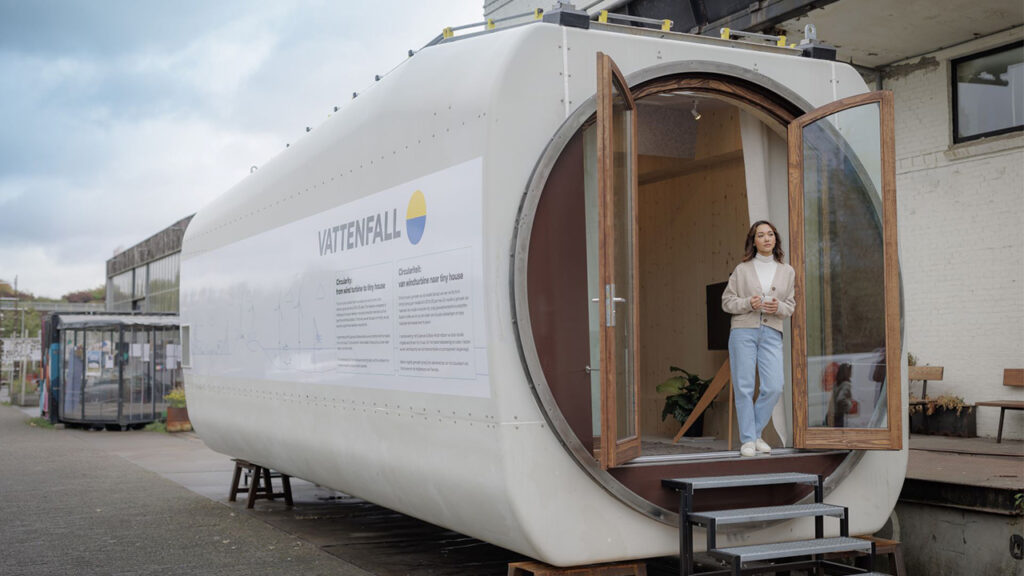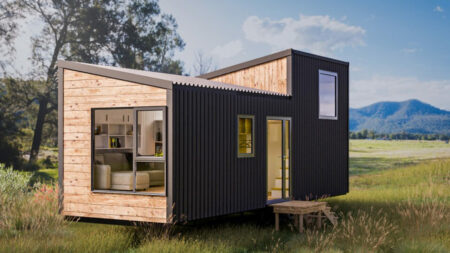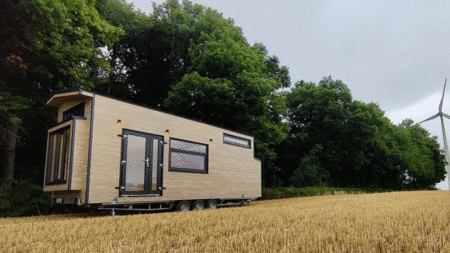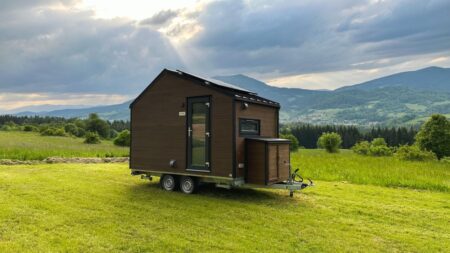Nothing in this world is useless: it all depends on how creatively something is repurposed for a new function. A great latest example comes from Germany where Vattenfall in collaboration with design studio Superuse and Blade-Made, has converted a nacelle, the top part of a wind turbine into a livable tiny house. People never imagined living in a wind turbine, but they made it possible with an eco-friendly perception. The Tiny House Nestle project showcases how components from wind turbine can be reused with as little processing as possible.
Measuring four meters wide, ten meters long, and three meters high, the nacelle for the project comes from a V80 2MW turbine that previously served for 20 years in a wind turbine. Dutch company Business in Wind decommissioned and made it available for the project.
From the outside, one can clearly see that a wind turbine has been turned into a tiny house. As you step inside through a round door at the front, you find a cozy wood-paneled interior space outfitted for a comfortable stay. There is a kitchen, bathroom, and living space. Moreover, there are smart features such as a heat pump, solar panels, and a solar water heater.
The tiny house structure is properly insulated, with all seams sealed to create a nearly airtight space. The rooftop has four solar panels with 1800 watts peak power that can generate enough power for the house. Each panel has its micro-inverter for 230V alternating current so that all the panels function independently of each other.
The 50 liters of hot water capacity is enough for showering, washing and kitchen needs. There is an electric boiler and a solar power distributor that stores surplus solar power in the boiler. Heating and cooling is achieved with an air-to-air heat pump that can keep the interior space warm even when outside temperature is less than -15°C.
Instead of large air ducts, the tiny house uses a decentralized WTW (heat recovery) for ventilation that extracts used air and brings in same amount of fresh air to maintain a cozy environment inside. The tiny house also includes charging points with up to 22kW charging capacity.
Also Read: This Spanish Prefab Family Tiny House can Withstand Extreme Weather Anywhere in the World
The Nestle tiny house was conceived and designed by Superuse and executed by Blade-Made and Woodwave. It is furnished with sustainably produced and second-hand furniture, including a table made of circuform that incorporates material from a recycled wind turbine blade. The electrical installation is done by Vattenfall subsidiary Feenstra.
From the pictures, the tiny house looks perfect for living, but the real question is the construction cost. It should be as affordable as a typical tiny house; otherwise, the goal of affordability is lost.
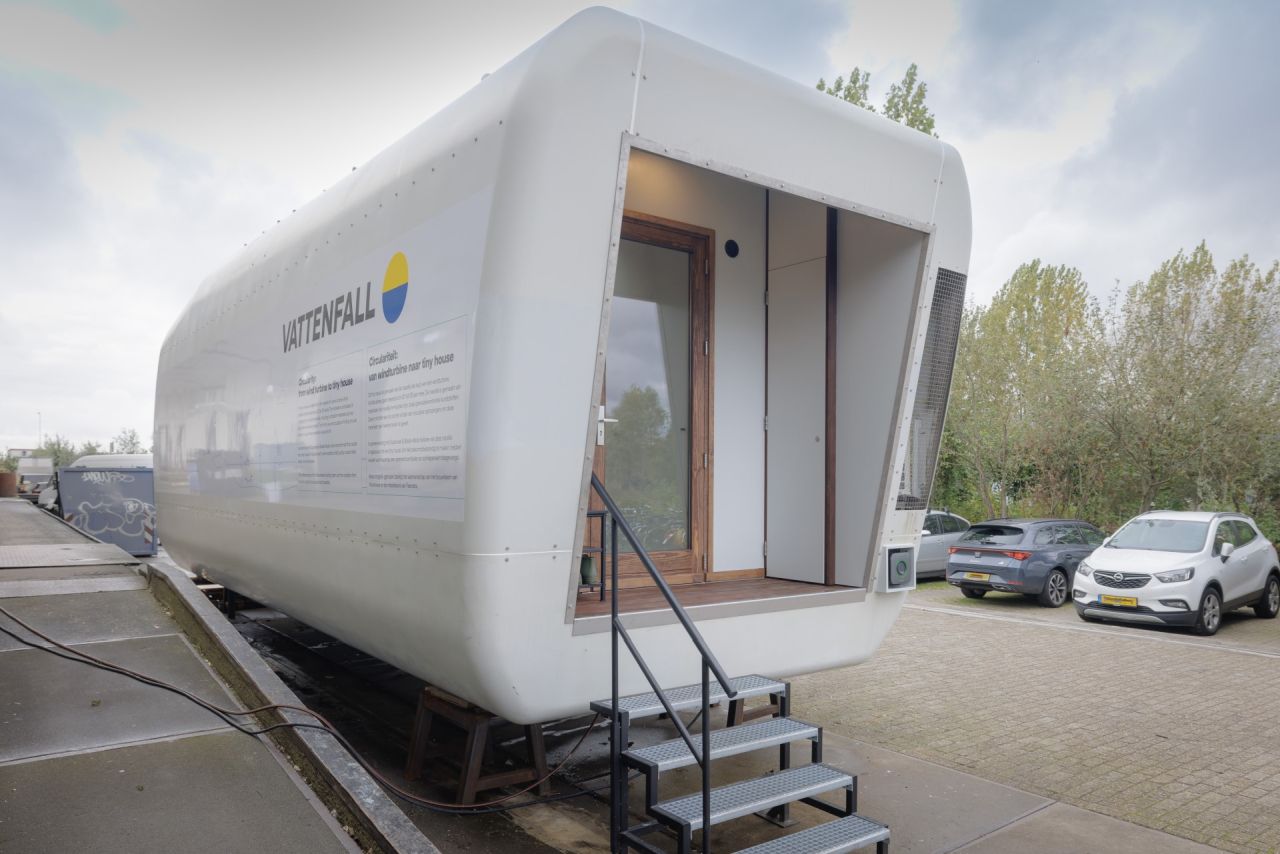
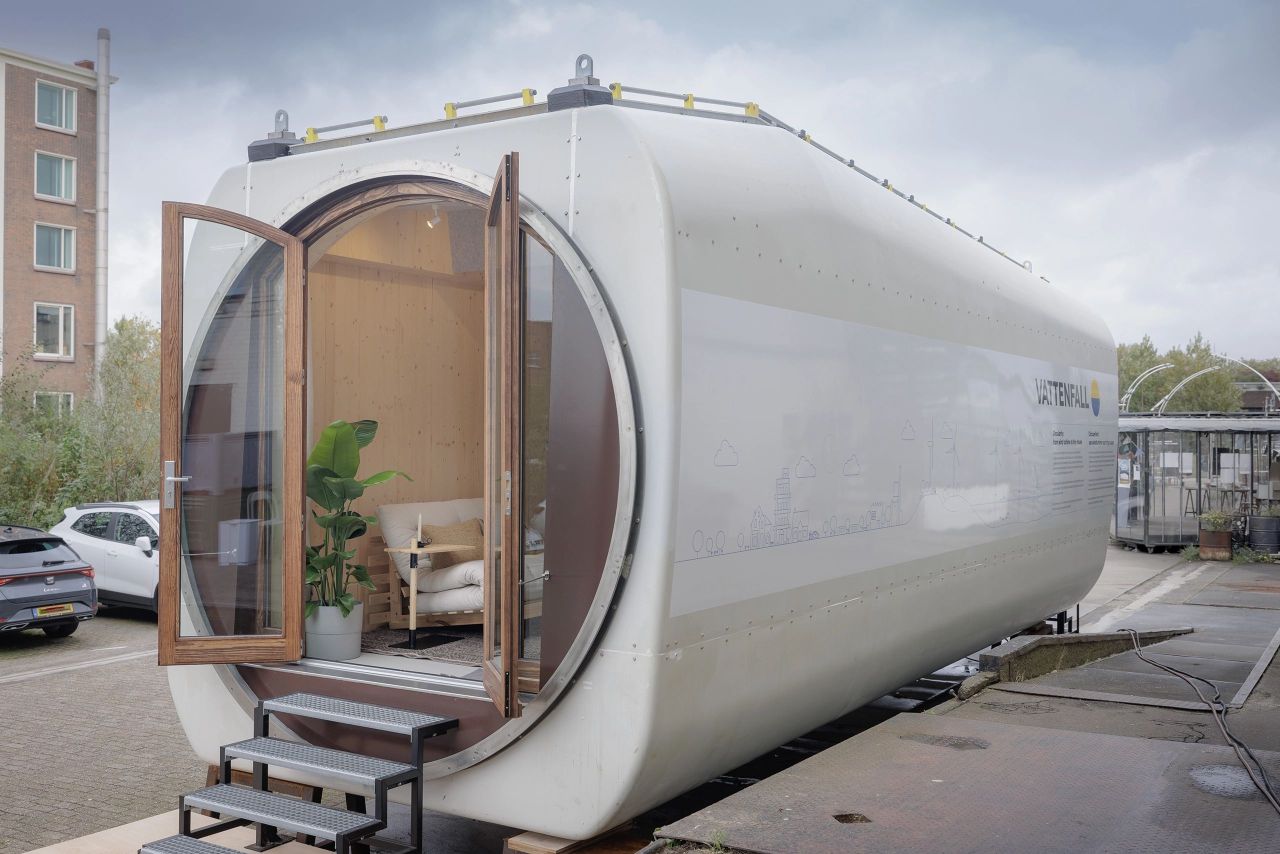
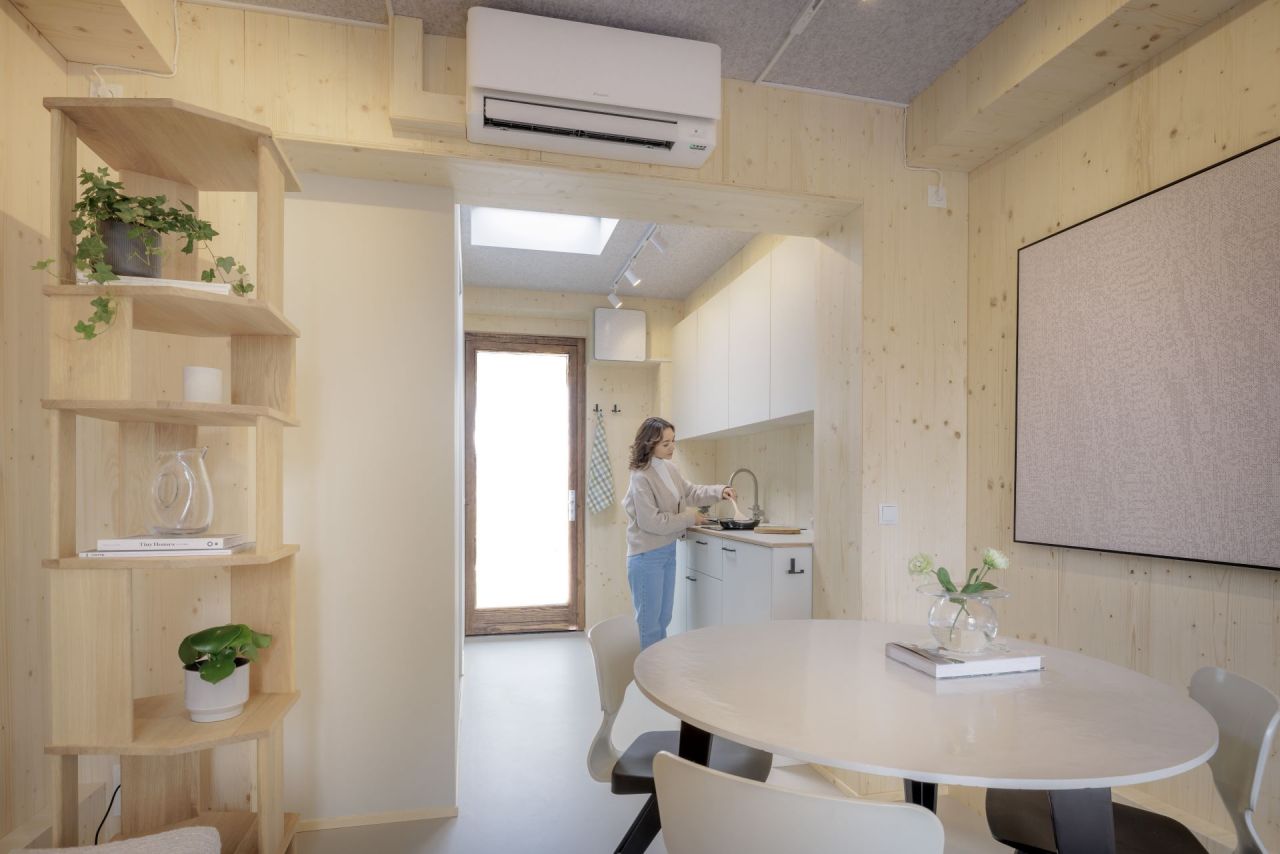
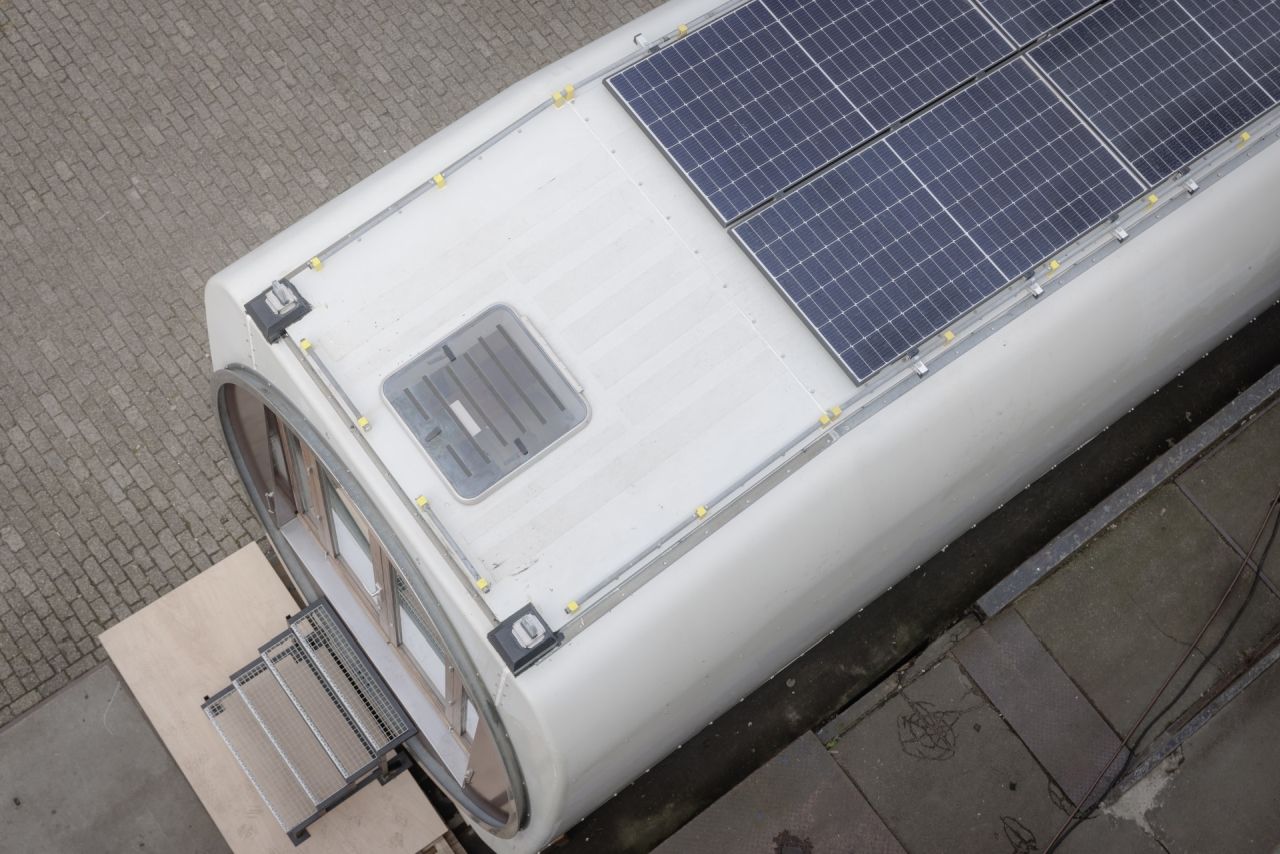
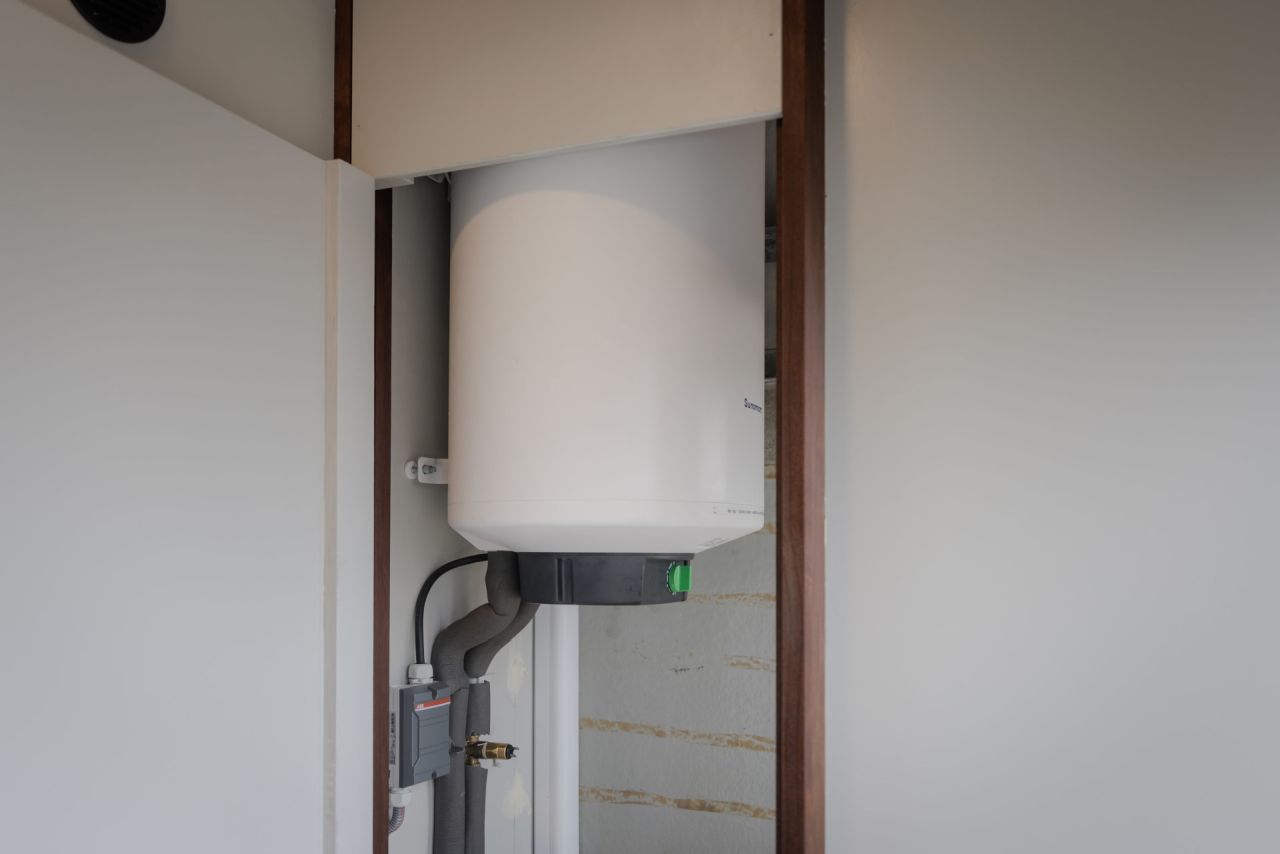
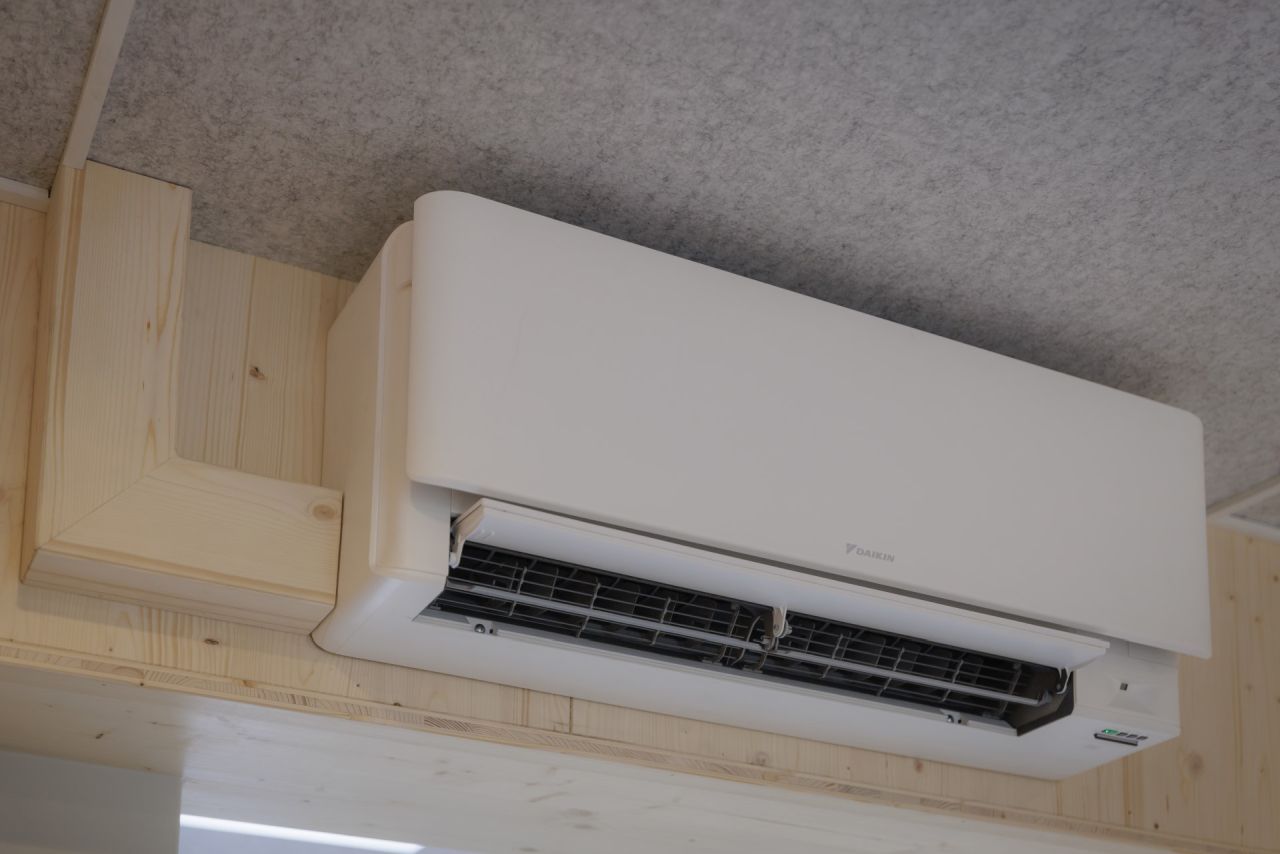
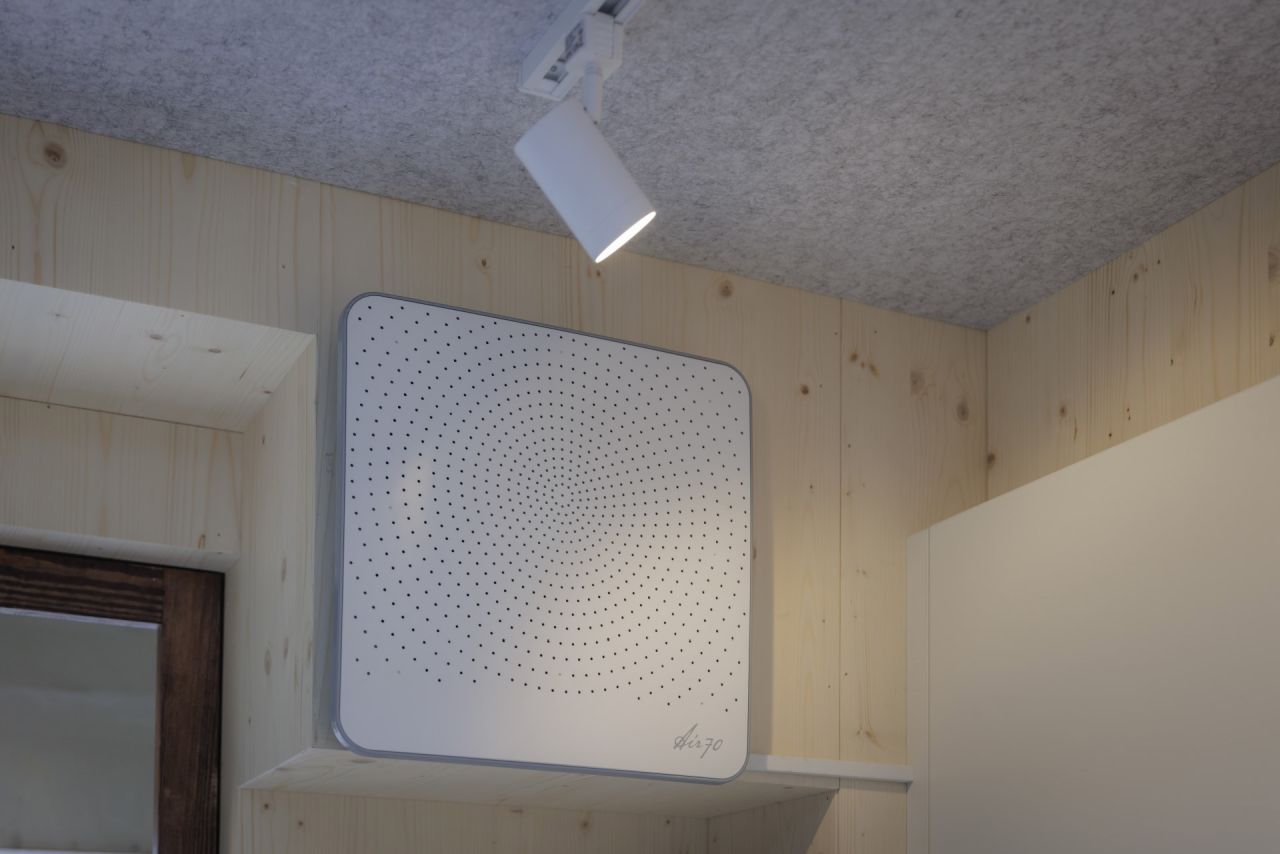
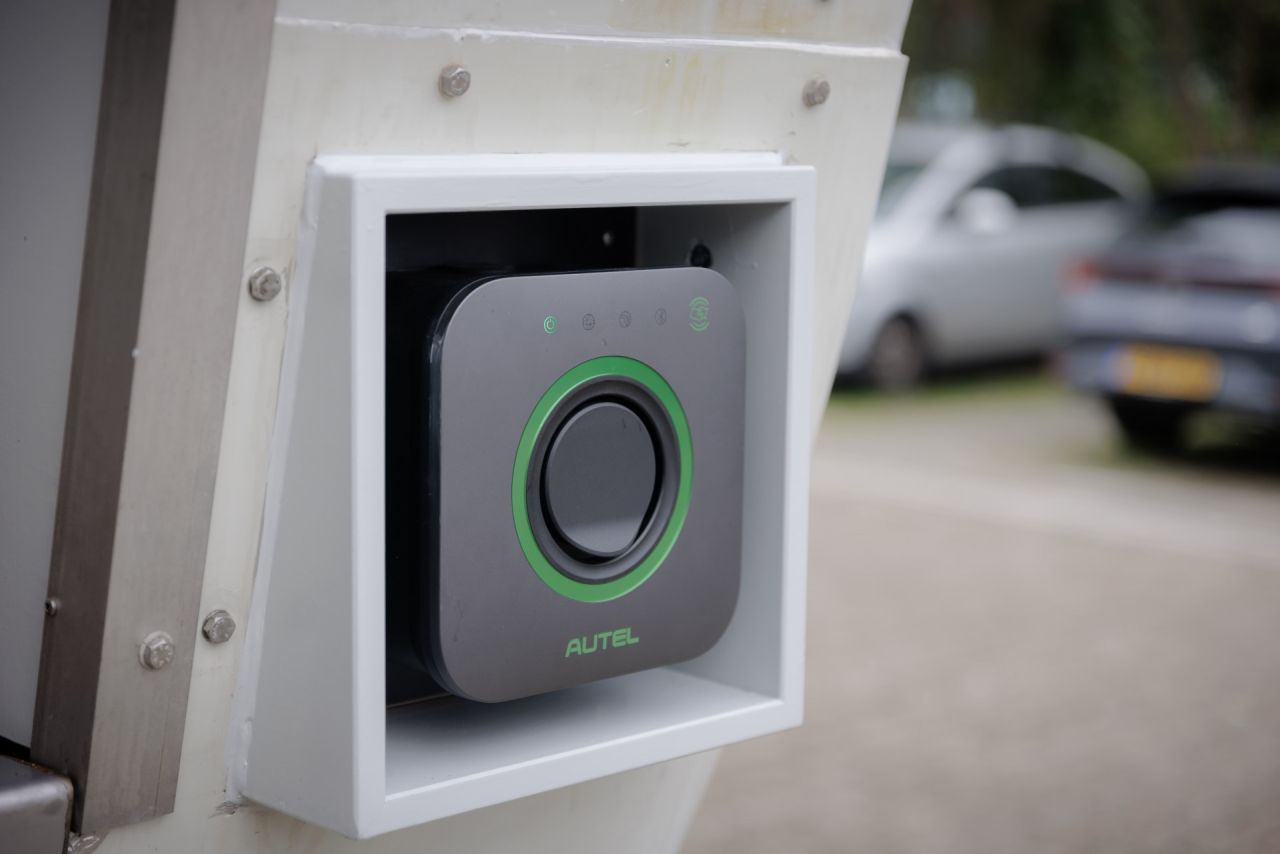
Follow Homecrux on Google News!
